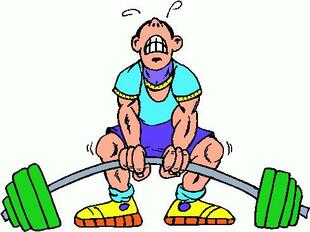What happens if you want to break a habit that you know is not working for you anymore.
For example, if you want to modify your posture, do you try to change it?
If you are trying, how are you trying? Which of the the mechanisms, processes, and physical conditions are being addressed in order to ‘try’ harder’?
Could trying be filled with habit? And tension? You’re back to where you started.
Another example could be trying to stop a reaction, like getting angry or defensive when someone says something about you that you don’t like. When trying, we only have what we already know.
This is the classic usage of trying – attempting to change a habit by replacing it with another one that looks a lot like the original!
Why is that? Habits can be cozy and familiar. But what do we need if we want an alternative?
What we don’t already know.
Now we’re getting somewhere.
Those who play sports, performers who wish to increase their skill level or anyone seeking relief from back pain caused by poor posture needs to know the thing that is interfering with their goals. Things like recruiting neck muscles to do the job that requires other muscles to engage but can’t because neck tightening has taken over.
But don’t judge them, have compassion for your newly discovered habit. Give it life – beware of aversion. By accepting it, you can start to work with it.
- Believe that we can’t make these habits go away completely, but we can change our relationship to them.
- We can change our relationship to them by changing our thoughts – directing our body to move in the way we are designed – slowly developing awareness of what we are actually doing in the moment.
Stay tuned! Next week in Part 2, I’ll recount the stories of students that I have worked with and how they have changed their relationship to their habits in a positive way.

